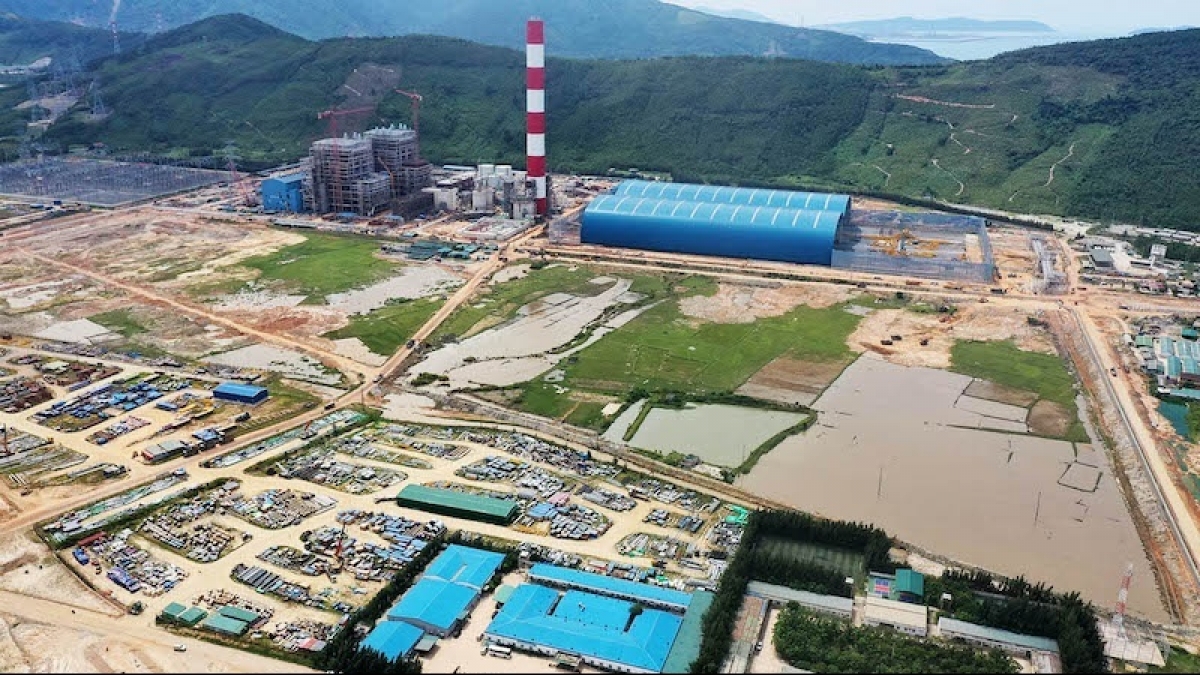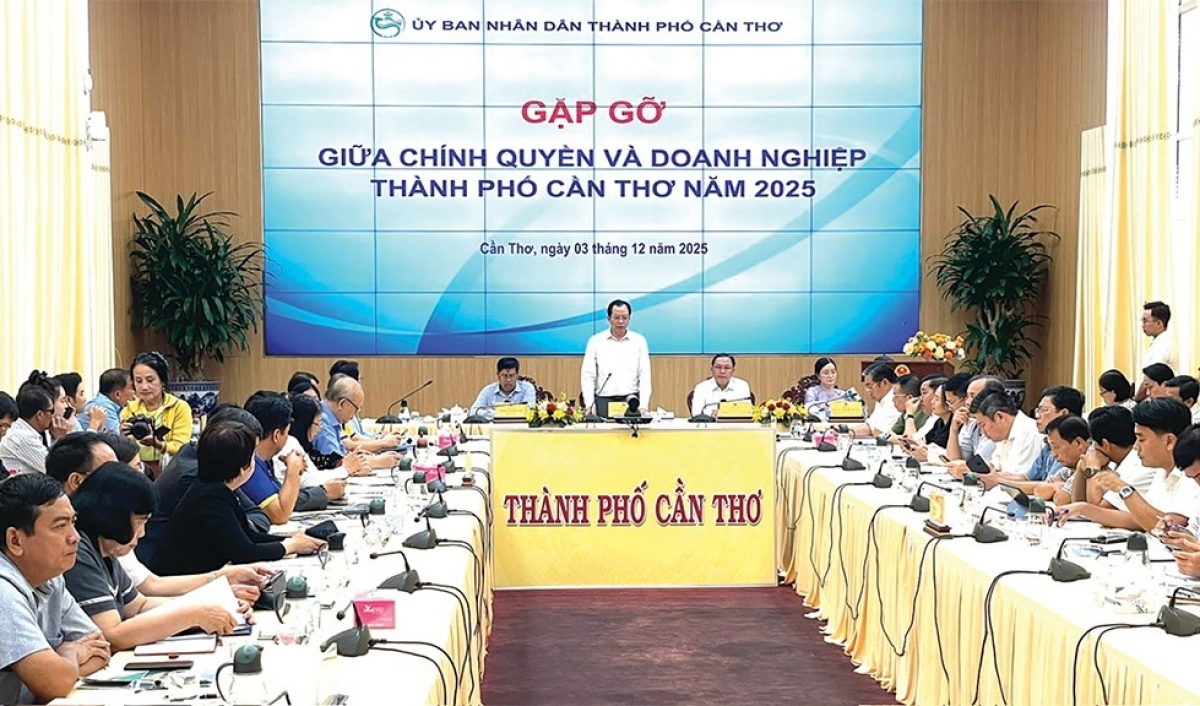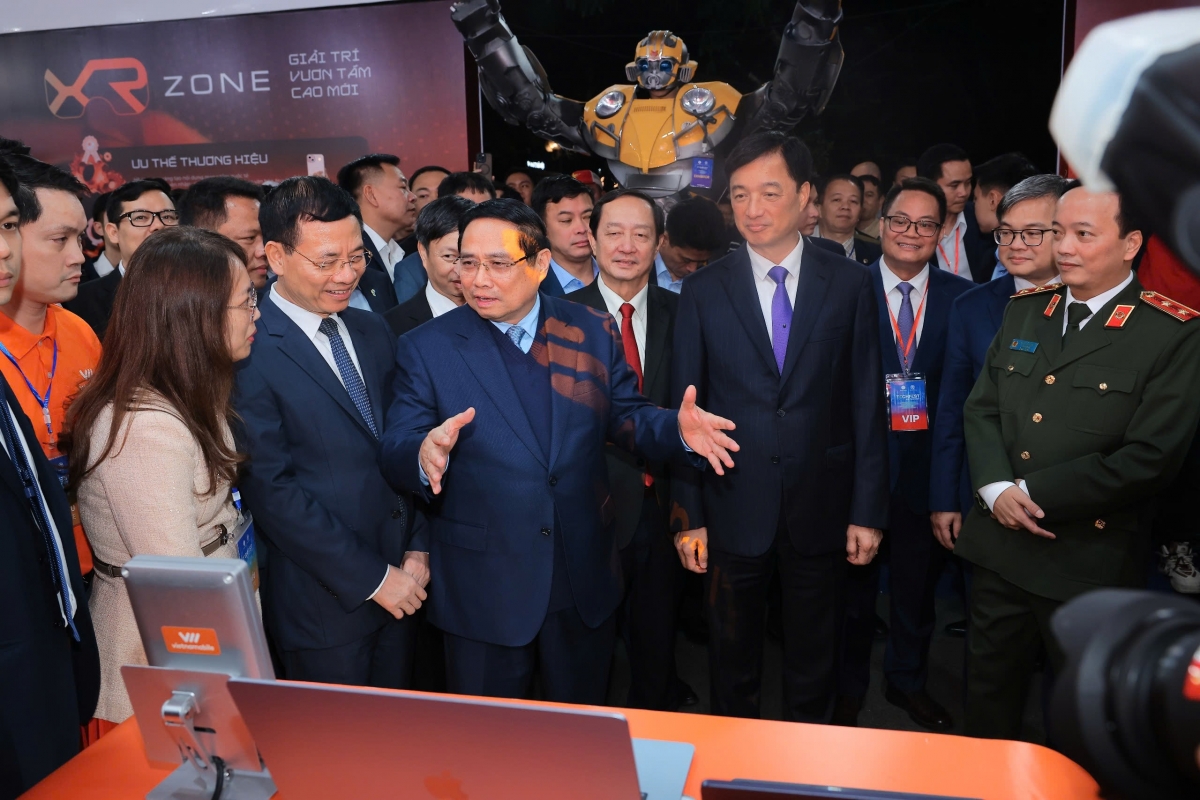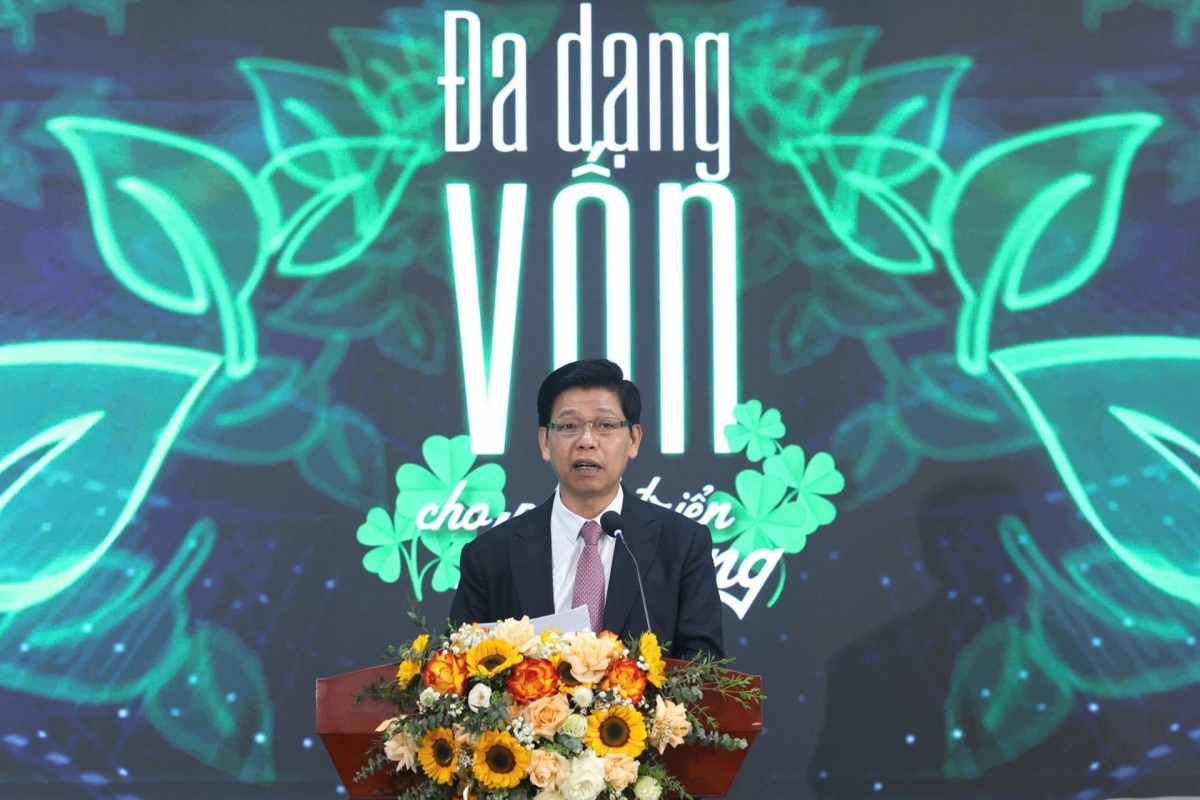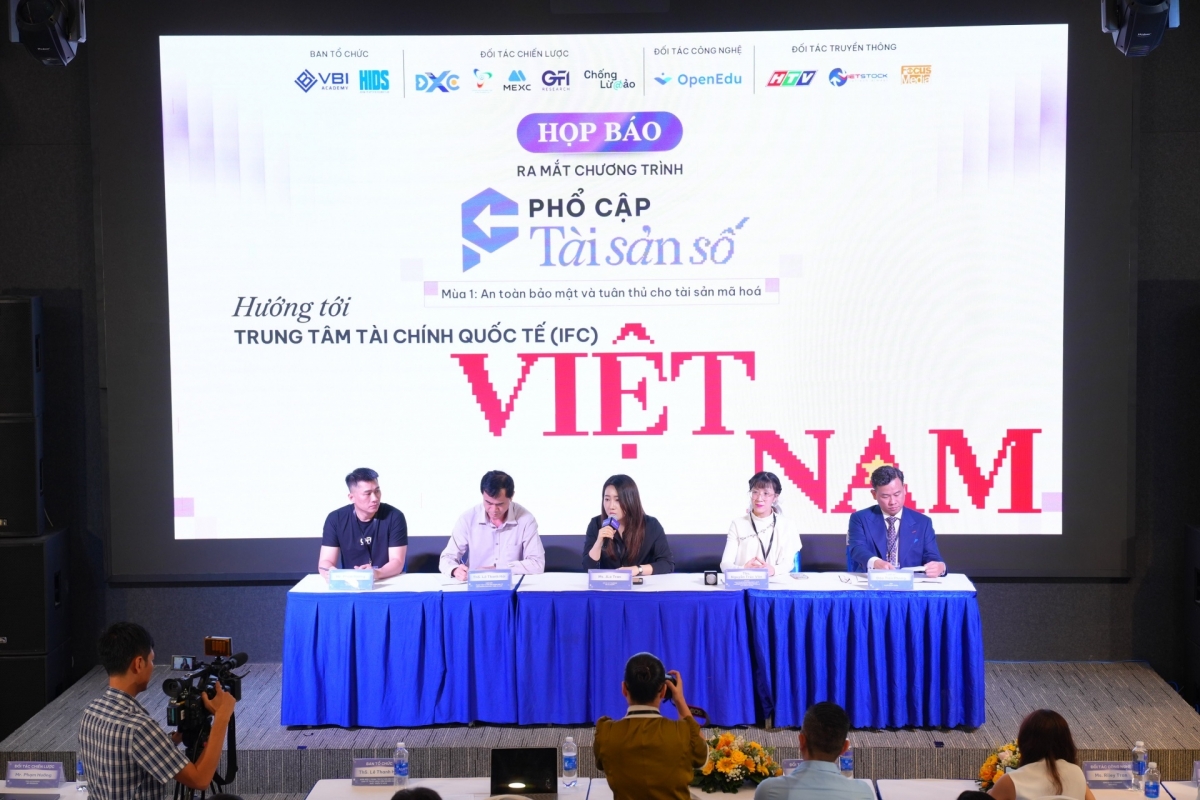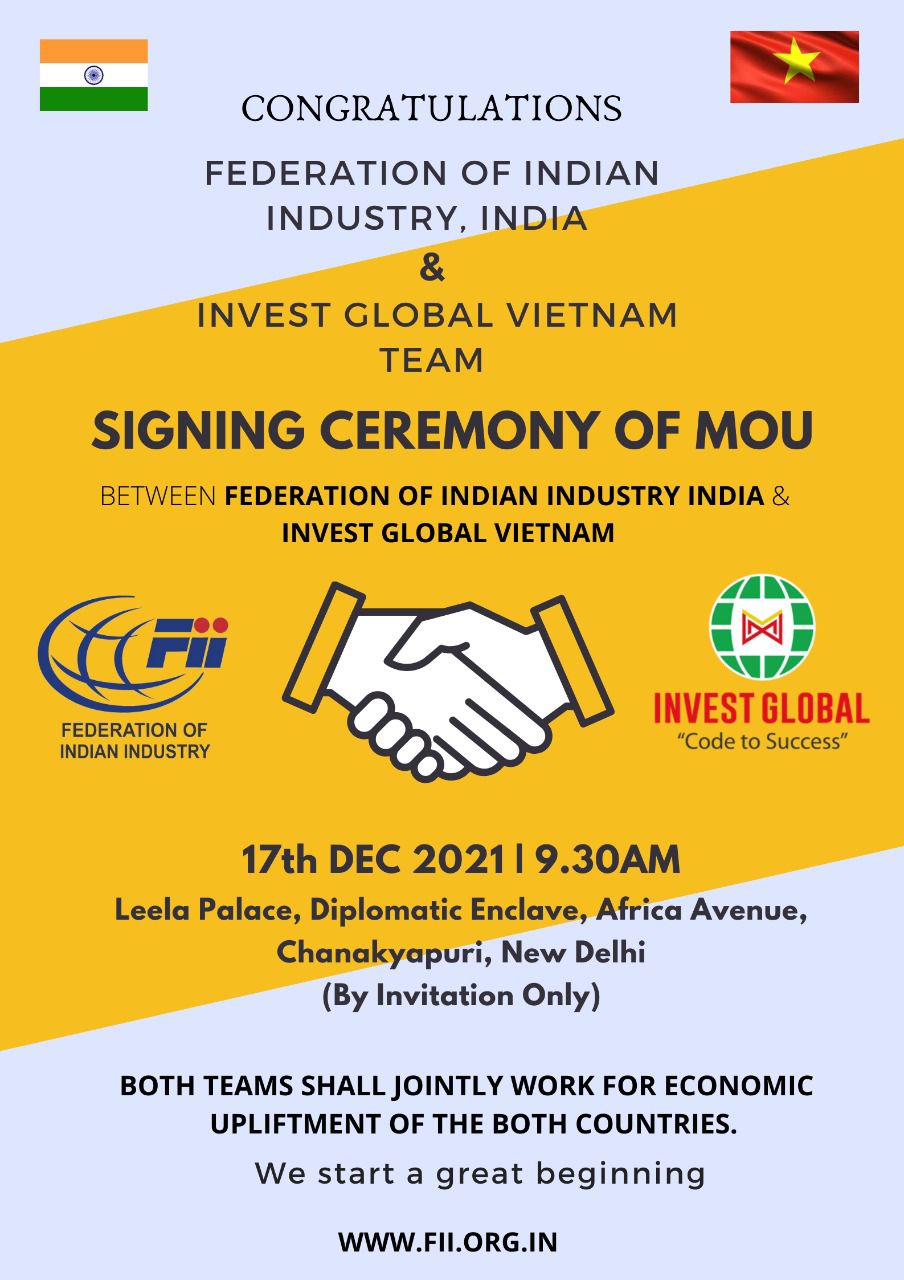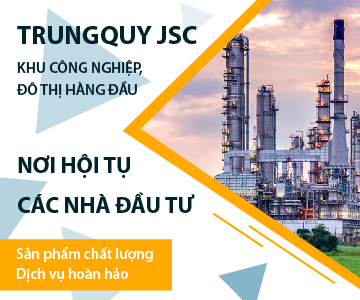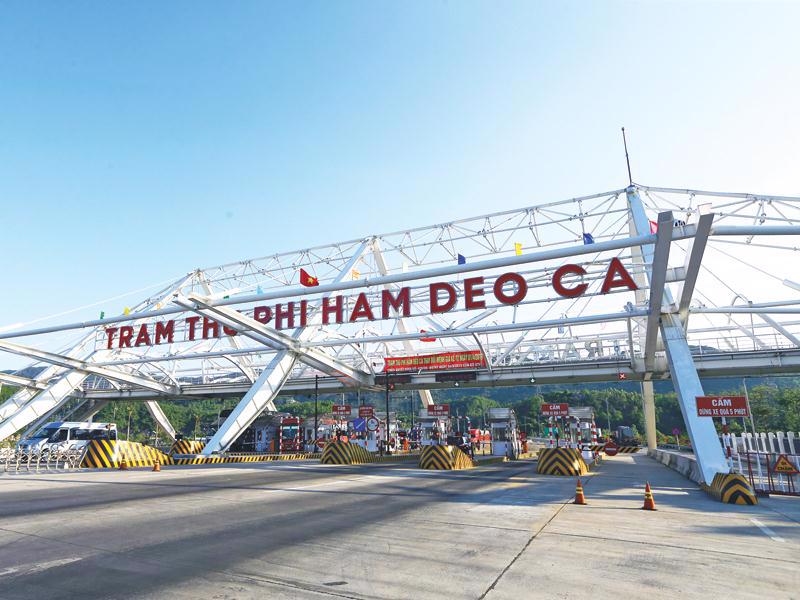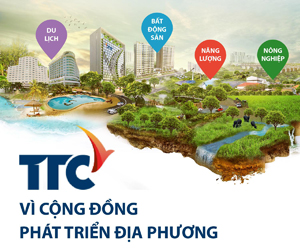INTERNATIONAL INVESTMENT
AND PORTAL
At the “Easing Non-Tariff Barriers to Unlock ASEAN’s Potential” conference, co‑organised by the New Zealand Embassy and Vietnam Investment Review on June 27, representatives from the public sector, businesses, market research, and advisory services portrayed a comprehensive picture of the non‑tariff barriers (NTBs) faced by Vietnamese enterprises in ASEAN markets.
They also offered a series of recommendations aimed at removing bottlenecks and accelerating regional trade momentum.
To Viet Chau, deputy director of the Department of International Cooperation at the Ministry of Agriculture and Environment, emphasised Vietnam’s growing role within ASEAN as a central economic and diplomatic focus.
“Vietnam still holds significant export potential for agro‑forestry‑fishery products in ASEAN, leveraging geographical proximity to reduce logistics and storage costs, particularly as shipping expenses to the US and EU rise, making nearby markets a strategic choice for competitiveness,” he said. “For this market, businesses have flexible transport options from road, sea, to air, enabling fast and quality-preserving delivery to partners.”
 To Viet Chau, deputy director of the Department of International Cooperation at the Ministry of Agriculture and Environment. Photo: Chi Cuong
To Viet Chau, deputy director of the Department of International Cooperation at the Ministry of Agriculture and Environment. Photo: Chi Cuong
Chau noted that, like other global agriculture-export markets, ASEAN countries are tightening import quality standards. To harness current advantages, exporters must improve product quality to meet import requirements; diversify products to differentiate themselves from other regional competitors; and build strong Vietnamese agro‑branding.
“The Ministry of Agriculture and Environment has taken the lead in coordinating with relevant ministries and agencies to inform enterprises and localities about tariff reduction commitments,” added Chau. “It has also worked with other ministries to organise trade promotion activities for Vietnam's agro-forestry-fishery products in ASEAN member states.”
“During bilateral meetings and visits by the ministry’s leadership, discussions have been integrated to address technical barriers and boost exports of Vietnam’s agro-forestry-fishery products to ASEAN countries,” he continued.
From a market research perspective, Le Minh Trang, associate director of NielsenIQ Vietnam, observed that NTBs in ASEAN are becoming increasingly complex, especially in food and beverages, due to consumer taste differences, cultural variation, and Halal certification requirements.
“Enterprises not only face product adjustment challenges but also struggle with fragmented logistics systems and finding local distribution partners,” she added. “NielsenIQ Vietnam surveys indicate that products accepted in one country may require alteration in another, particularly in Muslim-majority markets like Malaysia or Indonesia, which demand Halal certification, forcing firms to invest more in production and product development costs.”
 Le Minh Trang, associate director of NielsenIQ Vietnam. Photo: Chi Cuong
Le Minh Trang, associate director of NielsenIQ Vietnam. Photo: Chi Cuong
On market entry, Trang emphasised that companies must thoroughly understand consumer habits. Due to the prolonged economic slowdown, consumers now prioritise value-for-money products, reducing brand loyalty and switching easily based on promotions.
“Businesses need to invest seriously in market-specific consumer research, identify key product segments and preferences, and build an effective market-entry strategy instead of pursuing a one-size-fits-all approach,” she suggested.
Dang Thao Quyen, senior lecturer of International Business at RMIT University Vietnam, emphasised that ASEAN should be viewed as a true common market, one where member countries play together more to build collective bargaining power when dealing with external partners.
According to Quyen, Vietnamese enterprises can leverage cultural and consumer behaviour similarities within ASEAN to develop market-fit products.
 Dang Thao Quyen, senior lecturer of International Business at RMIT University Vietnam. Photo: Chi Cuong
Dang Thao Quyen, senior lecturer of International Business at RMIT University Vietnam. Photo: Chi Cuong
She also urged companies to proactively share their brand stories as part of their positioning and market penetration strategies. An open mindset, coupled with a willingness to dialogue and connect, she argued, is key for both businesses and associations to influence regional policymaking.
“Vietnamese businesses looking to enter international markets need to combine customer insight, market knowledge, and their own story,” she said. “This can be a competitive edge as markets increasingly converge. Consumers are also more open to trying new products. In a global business landscape, ASEAN is well positioned as a promising market. An open mindset will help businesses and associations initiate more dialogue, thereby shaping ASEAN-wide policies.”
From an investment and advisory perspective, Bui Kim Ngan, director of tax services at Grant Thornton Vietnam, pointed out that Vietnamese businesses are still hindered by extensive domestic administrative procedures when seeking to invest in ASEAN.
“Lengthy licensing processes, capital account openings, and disbursement procedures are causing many businesses to miss out on global investment trends,” she emphasised. “Additionally, sending Vietnamese workers to work at subsidiaries in other ASEAN countries remains challenging, as each country applies its own regulatory standards.”
 Bui Kim Ngan, director of tax services at Grant Thornton Vietnam. Photo: Chi Cuong
Bui Kim Ngan, director of tax services at Grant Thornton Vietnam. Photo: Chi Cuong
Ngan recommended streamlining administrative procedures and enhancing multilateral dialogue between ASEAN countries to operationalise technical, customs, and labour cooperation mechanisms that, while agreed upon in principle, remain ineffective in practice.
“Moreover, intergovernmental dialogue across ASEAN is crucial,” she added. “Although several ASEAN councils have been established to eliminate shared technical and customs barriers, the dialogue and resolution processes remain overly complex and lack visible impact.”
 ASEAN seeks to broaden trade outlook
ASEAN seeks to broaden trade outlook
ASEAN is bolstering intra-bloc trade and fostering fair markets where non-tariff barriers are set to be trimmed, in which Vietnam is strengthening links with regional peers.
 ASEAN non-tariff barriers in focus at VIR conference
ASEAN non-tariff barriers in focus at VIR conference
A conference to discuss non-tariff barriers in the ASEAN region, held by VIR in collaboration with the New Zealand Embassy, will take place on June 27 at VIR’s headquarters, 47 Quan Thanh street, Ba Dinh district, Hanoi.
 Structural barriers still hinder ASEAN enterprise expansion
Structural barriers still hinder ASEAN enterprise expansion
Southeast Asia is becoming a region with high potential for growth that provides attractive investment opportunities for Vietnamese companies as well as for foreign direct investors.
 ASEAN can leverage trade and digitalisation to foster resilience
ASEAN can leverage trade and digitalisation to foster resilience
There is a growing sense that the global economy is moving towards a more competitive era as countries are reshoring. Many are bringing their supply chains back home to reduce risks from disruptions. Others are deploying tariffs and other barriers to advance their domestic agenda.
 ASEAN+3 economies positioned for resilience amid unprecedented trade shocks
ASEAN+3 economies positioned for resilience amid unprecedented trade shocks
The ASEAN+3 Macroeconomic Research Office released a report on April 15 highlighting the region’s resilience policy capacity to withstand global trade shocks.


